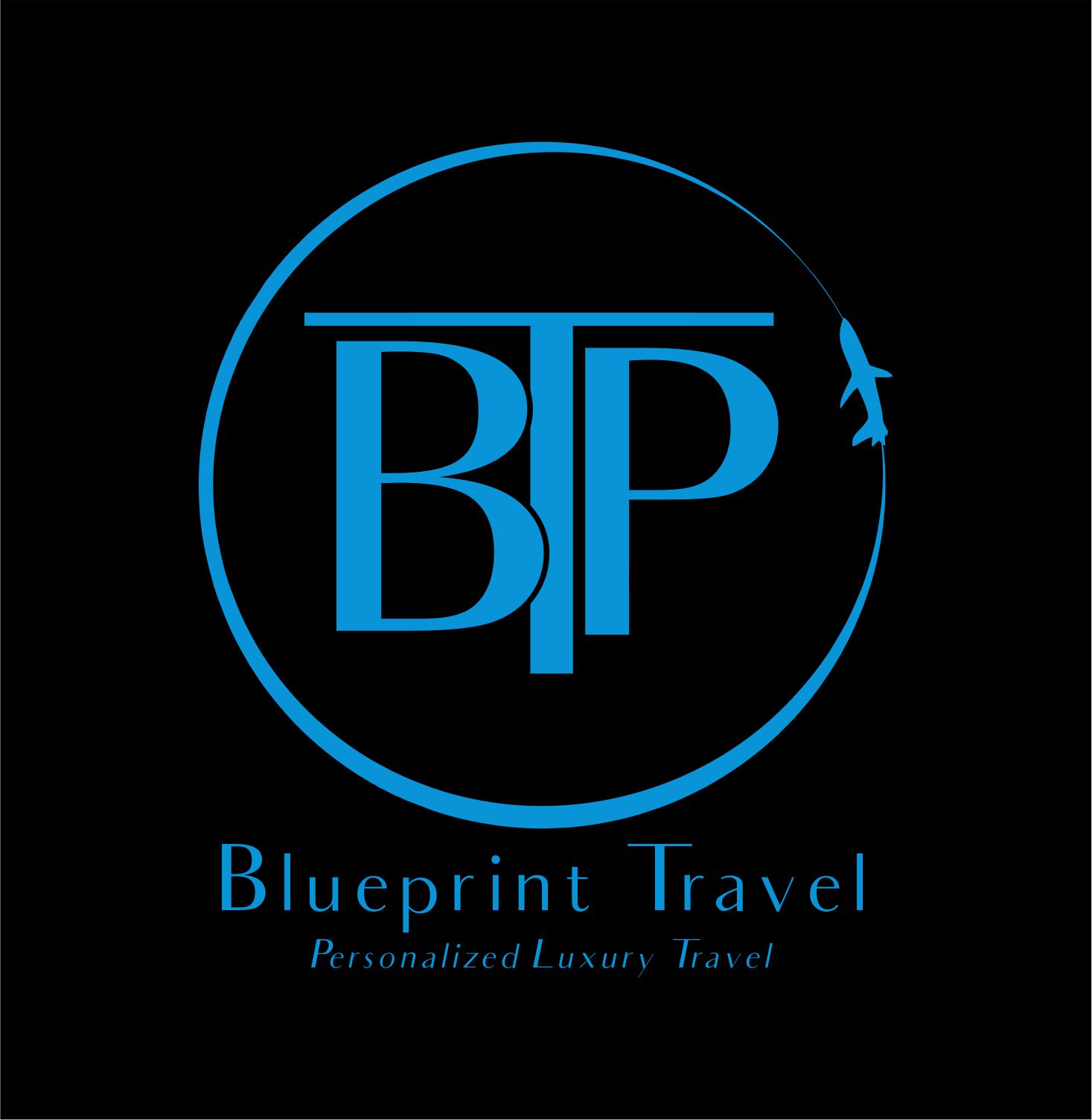TRAVEL TIPS
Money
Although prices in Argentina have been steadily rising, the number of pesos you get for your dollar has been rising as well. So Buenos Aires is still a reasonable value if you're traveling from a country with a strong currency. Eating out is affordable, as are mid-range hotels. Room rates at first-class hotels approach those in the United States, however.
You can plan your trip around ATMs—cash is king for day-to-day dealings. U.S. dollars can be changed at any bank and are widely accepted as payment. zThere's a perennial shortage of small change in Buenos Aires—so much so that small shops may refuse a sale if you don't have near-correct change. Follow the locals' example and hoard your coins.
Hundred-peso bills can be hard to get rid of, so ask for some 50s when you change money. Traveler's checks are useful only as a reserve.
You can usually pay by credit card in top-end restaurants, hotels, and stores. Some establishments accept credit cards only for purchases over 100 pesos. Outside big cities, plastic is less widely accepted.
Visa is the most widely accepted credit card, followed closely by MasterCard. American Express is also accepted in hotels and restaurants, but Diners Club and Discover might not even be recognized. If possible, bring more than one credit card, as some establishments accept a single type. You usually have to produce photo ID—preferably a passport, but otherwise a driver’s license—when making credit-card purchases.
Nonchain stores often display two prices for goods: precio de lista (the standard price, valid if you pay by credit card) and a discounted price if you pay in efectivo (cash). Many travel services and even some hotels also offer cash discounts—it's always worth asking about.
Prices throughout this guide are given for adults. Substantially reduced fees are often available for children, students, and senior citizens.
ATMs and Banks
There are ATMs, called cajeros automáticos, all over Buenos Aires. Most are inside bank lobbies or small cubicles that you have to swipe your card to get into. It’s safer to make withdrawals from ATMs during daylight hours.
There are two main systems. Banelco, indicated by a burgundy-color sign with white lettering, is used by BBVA Banco Francés, HSBC, Banco Galicia, Banco Santander Río, and Banco Patagonia, among others. Link, recognizable by a green-and-yellow sign, is used by Banco Provincia and Banco de la Nación, among others. Cards on the Cirrus and Plus networks can be used on both systems.
Many banks have daily withdrawal limits of 2,000 pesos or less (calculated by a 24-hour period, not from one day to the next). lSometimes ATMs will impose unexpectedly low withdrawal limits (say, 600 pesos) on international cards. You can get around this by requesting a further transaction before the machine returns your card. But first check whether your bank back home charges high per-withdrawal fees. Breaking large bills can be tricky, so try to withdraw odd amounts (490 pesos, for example, rather than 500).
ATM Locations
Banelco. www.banelco.com.ar.
Link. www.redlink.com.ar.
Currency and Exchange
Argentina's currency is the peso, which equals 100 centavos (100¢). Bills come in denominations of 100 (violet), 50 (navy blue), 20 (red), 10 (ocher), 5 (green), and 2 (light blue) pesos. Coins are in denominations of 1 peso (a heavy bimetallic coin); and 50, 25, and 10 centavos.
U.S. dollars are widely accepted in big-city stores and supermarkets, and at hotels and restaurants (usually at a slightly worse exchange rate than you'd get at a bank; exchange rates are usually clearly displayed). You always receive change in pesos, even when you pay with U.S. dollars. Taxi drivers may accept dollars, but it's not the norm.
Following a series of devaluations, the exchange rate at this writing is 8 pesos to the U.S. dollar. You can change dollars at the official rate at most banks (between 10 am and 3 pm), at a casa de cambio (money changer), or at your hotel. All currency exchange involves fees, but as a rule, banks charge the least and hotels the most. You need to show your passport to complete the transaction.
Heavy restrictions on residents buying U.S. dollars has led to a parallel (i.e. black market) exchange rate, known locally as the "dolar blue," usually about 20% above the official rate. Although technically illegal, the dolar blue is so well established that major newspapers publish it alongside the official exchange rate. Many establishments are keen to take your dollars off you for this rate; along busy streets (like Calle Florida) you will likely be propositioned by touts from small shops, referred to locally as "cuevas," or caves. Most are safe, but try to change relatively small amounts regularly to minimize any possible trouble.
Exchange-Rate Information
XE.com. www.xe.com.

